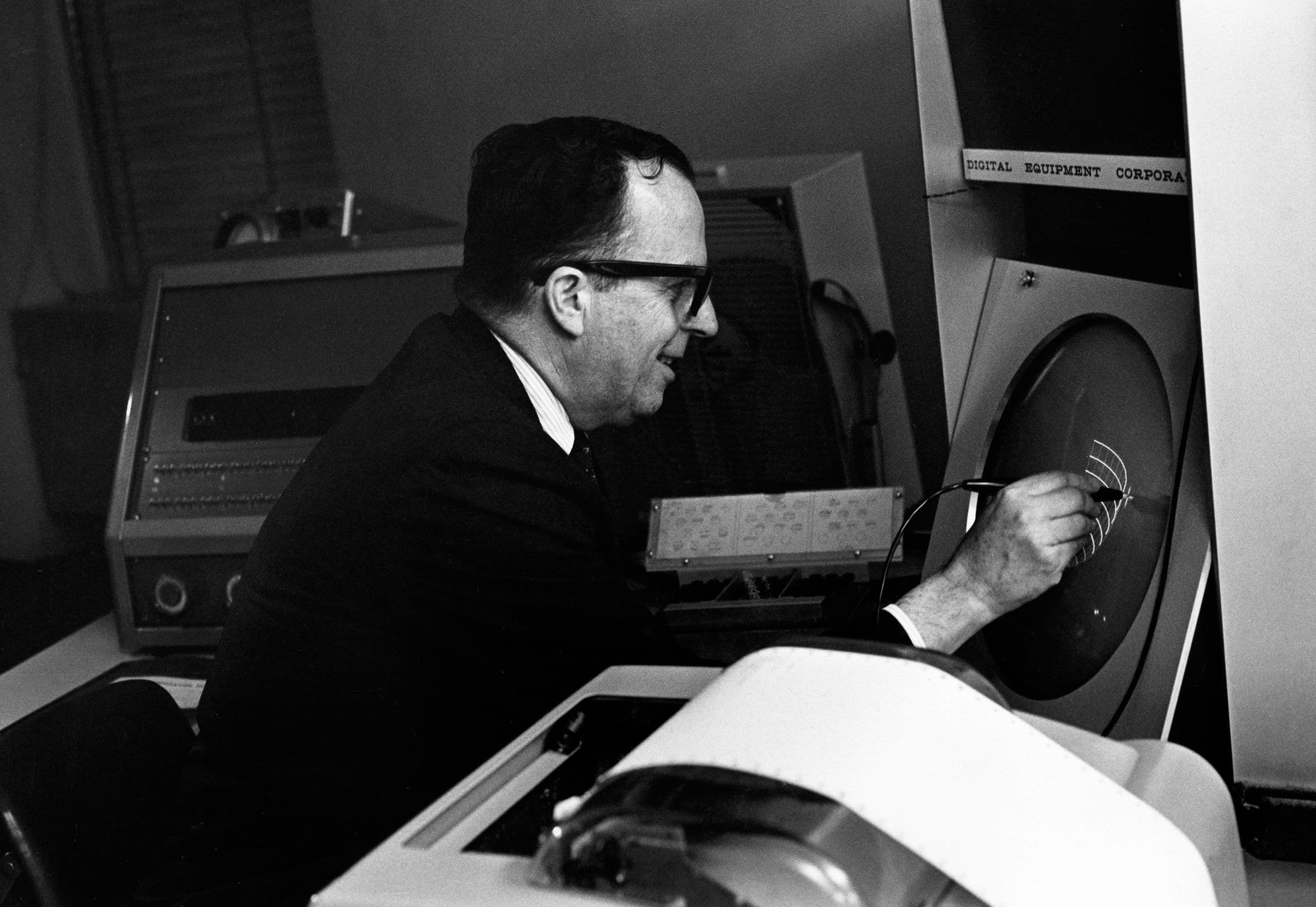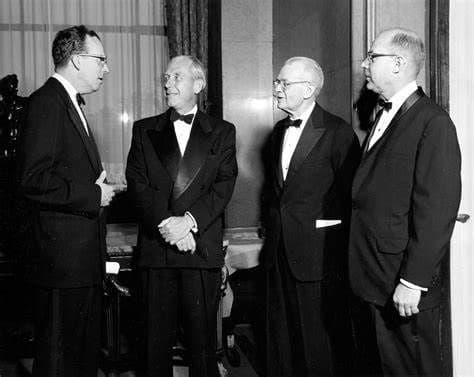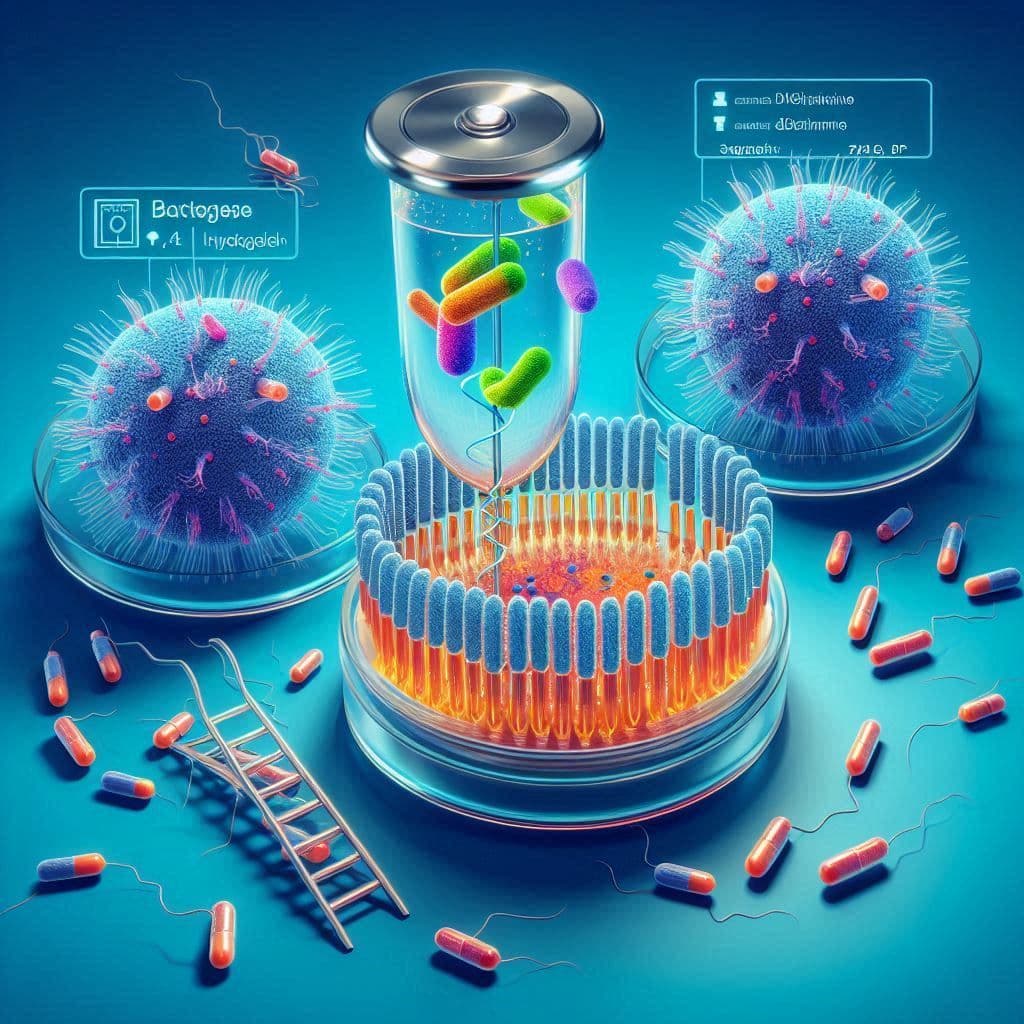From Licklider's Vision to Modern Reality: The Evolution of Human-Machine Symbiosis
Masterchinedum
Owner

Table of Contents
The Prophet of Interactive Computing
In March 1960, long before personal computers, the internet, or artificial intelligence as we know it today, a visionary psychologist and computer scientist named J.C.R. Licklider published a paper that would fundamentally reshape how we think about human-computer interaction. His work, "Man-Computer Symbiosis," published in the IRE Transactions on Human Factors in Electronics, wasn't just theoretical speculation—it was a roadmap for the future we're living today.
Licklider defined man-computer symbiosis as "an expected development in cooperative interaction between men and electronic computers" that would "involve very close coupling between the human and the electronic members of the partnership." But what made his vision revolutionary wasn't just the technical prediction—it was his understanding that the relationship between humans and machines should be fundamentally collaborative, not subordinate.
In his conception, "men will set the goals, formulate the hypotheses, determine the criteria, and perform the evaluations. Computing machines will do the routinizable work that must be done to prepare the way for insights and decisions in technical and scientific thinking."
The Historical Context: A World on the Brink of Digital Revolution
To understand the audacity of Licklider's vision, we must consider the technological landscape of 1960. Computers were room-sized behemoths that required punch cards and batch processing. The idea of real-time interaction with a computer was barely conceivable. Yet Licklider, drawing from his background in psychology and acoustics, saw beyond the hardware limitations to envision something far more sophisticated.
Licklider was instrumental in conceiving, funding and managing the research that led to modern personal computers and the Internet. His influence extended far beyond theoretical papers. As a program manager at ARPA (later DARPA), he directly funded the work that would create the foundations of modern computing, including Douglas Engelbart's groundbreaking research that invented the computer mouse and developed the On-Line System.
As he wrote in 1960: "The hope is that, in not too many years, human brains and computing machines will be coupled together very tightly, and that the resulting partnership will think as no human brain has ever thought and process data in a way not approached by the information-handling machines we know today."
The Long Road to Realization
For decades, Licklider's vision remained largely unrealized. Warren Teitelman's 1966 MIT paper "Pilot: A Step Towards Man–Computer Symbiosis" represented an early attempt to implement these ideas, but by 2004, researchers noted that very few computer applications exhibited the collaborative qualities Licklider had envisioned.
The challenge wasn't just technological—it was conceptual. The computing industry spent decades focused on automation and efficiency rather than true collaboration. Computers were tools that executed predetermined instructions, not partners in creative problem-solving.
The AI Renaissance: Symbiosis Finally Emerges
The emergence of modern AI systems, particularly large language models and AI coding assistants, has finally brought Licklider's vision into focus. Today's AI doesn't just execute commands—it collaborates, suggests, and iterates alongside human partners.
GitHub Copilot: A Case Study in Modern Symbiosis
Perhaps no modern technology better exemplifies Licklider's vision than GitHub Copilot, launched in 2021. GitHub Copilot is designed to help developers "focus more energy on problem solving and collaboration," allowing them to "write code faster and with less effort."
The research on Copilot's impact provides concrete evidence of symbiotic relationships in action. In surveys, over 90% of developers reported completing tasks faster when using GitHub Copilot, especially repetitive ones. More significantly, developers using GitHub Copilot report up to 75% higher job satisfaction and are up to 55% more productive.
This isn't mere automation—it's the kind of collaborative thinking partnership Licklider envisioned. The AI handles routine coding patterns while humans focus on architecture, problem-solving, and creative solutions. As Microsoft describes it, "the entire software development lifecycle is being reimagined through intelligent agents—with you at the helm."
The Symbiotic Workforce Revolution
The impact extends far beyond individual productivity. Organizations are discovering that creating a "symbiotic AI workforce" requires "human-centered AI processes that motivate workers, retrain them in the context of their workflow, and shift the focus from automation to collaboration between humans and machines."
This represents a fundamental shift from the traditional model of human-machine interaction. Instead of replacing human workers or simply automating their tasks, successful AI implementations are creating new forms of collaboration that amplify human capabilities.
The Science Behind Symbiosis
Recent academic research has begun to quantify what makes human-AI collaboration successful. Studies show that "humans and AI who work together can outperform" either working alone, but this requires careful attention to how humans make decisions when collaborating with artificial intelligence.
Modern machine learning and deep learning systems are now being explicitly designed as "a way to achieve Man-Computer Symbiosis," with researchers working to implement Licklider's original criteria for truly symbiotic systems.
The key insight from this research is that successful symbiosis isn't about creating more powerful AI—it's about creating AI that complements human strengths while compensating for human limitations, and vice versa.
Challenges and Concerns in the Symbiotic Age
However, the path to true symbiosis isn't without obstacles. Some research has found "disconcerting trends for maintainability" in AI-assisted code, suggesting that the collaboration between humans and AI needs careful management to ensure quality outcomes.
These challenges echo broader concerns about human-AI collaboration. The risk isn't that AI will replace humans, but that poorly designed symbiotic relationships might diminish human skills or create over-dependence on AI assistance.
The Philosophical Implications: What Does it Mean to Think Together?

Licklider's vision raises profound questions about the nature of intelligence and creativity. Modern researchers are grappling with how "humanity can coexist with various intelligent life forms to create a sustainable symbiotic society," recognizing this as "a critical issue concerning the existence of humanity."
The emergence of AI systems that can engage in creative collaboration forces us to reconsider fundamental assumptions about uniquely human capabilities. When an AI suggests a creative solution or identifies a pattern a human missed, who deserves credit for the insight? These aren't merely technical questions—they're reshaping our understanding of cognition itself.
Looking Forward: The Next Phase of Symbiosis
As we stand at this inflection point, several trends suggest the next phase of human-machine symbiosis will be even more profound:
Multimodal Collaboration: Future AI systems will collaborate across text, code, images, and speech, creating richer partnership opportunities.
Specialized Symbiosis: Rather than general-purpose AI assistants, we're likely to see highly specialized AI partners optimized for specific domains—from medical diagnosis to creative writing.
Embodied Intelligence: Companies like Neuralink are working to "create symbiosis with artificial intelligence" through direct brain-computer interfaces, potentially enabling unprecedented levels of human-machine integration.
Ethical Frameworks: Researchers are developing "principles on symbiosis for natural life and living artificial intelligence" to ensure that human-AI collaboration serves humanity's long-term interests.
The Enduring Relevance of Licklider's Vision
What makes Licklider's 1960 paper so remarkable isn't just its prescience, but its fundamental insight about the nature of human-machine collaboration. Fifty-six years after Licklider outlined his vision for "computing machines coupled with human brains," thinking "thoughts previously unattainable by human beings thinking on their own," we're finally seeing that vision realized.
The key insight from Licklider's work—that the most powerful human-machine relationships are collaborative rather than hierarchical—remains as relevant today as it was in 1960. As AI systems become more sophisticated, the temptation is to view them as either threats to human agency or mere tools to be commanded. Licklider's vision suggests a third path: true partnership.
Conclusion: Embracing Our Symbiotic Future
As AI continues to evolve, conversations have started questioning the future of traditional programming and computer science education. But perhaps the question isn't whether AI will change these fields—it's whether we'll embrace the collaborative potential Licklider envisioned or cling to outdated models of human-machine interaction.
The evidence suggests that the organizations, individuals, and societies that thrive in the coming decades will be those that master the art of symbiotic collaboration with AI. This isn't about surrendering human agency to machines, nor about treating AI as merely sophisticated automation. It's about creating new forms of intelligence that combine the best of human creativity, intuition, and judgment with AI's computational power, pattern recognition, and tireless processing capacity.
Licklider's vision of man-computer symbiosis wasn't just a prediction about technology—it was a blueprint for augmenting human potential. As we stand on the brink of even more sophisticated AI systems, his insight remains our guide: the future belongs not to humans or machines alone, but to the partnerships we create between them.
In embracing this symbiotic future, we're not just fulfilling a technological prophecy—we're participating in the next phase of human evolution, one where our tools don't just extend our capabilities but genuinely collaborate in expanding the boundaries of what it means to think, create, and solve the complex challenges facing our world.
The research and development of human-AI symbiosis represents one of the most significant technological and philosophical developments of our time. As we continue to refine these partnerships, Licklider's original vision serves as both inspiration and warning: the goal isn't just more powerful technology, but more powerful forms of human-machine collaboration that serve human flourishing.

